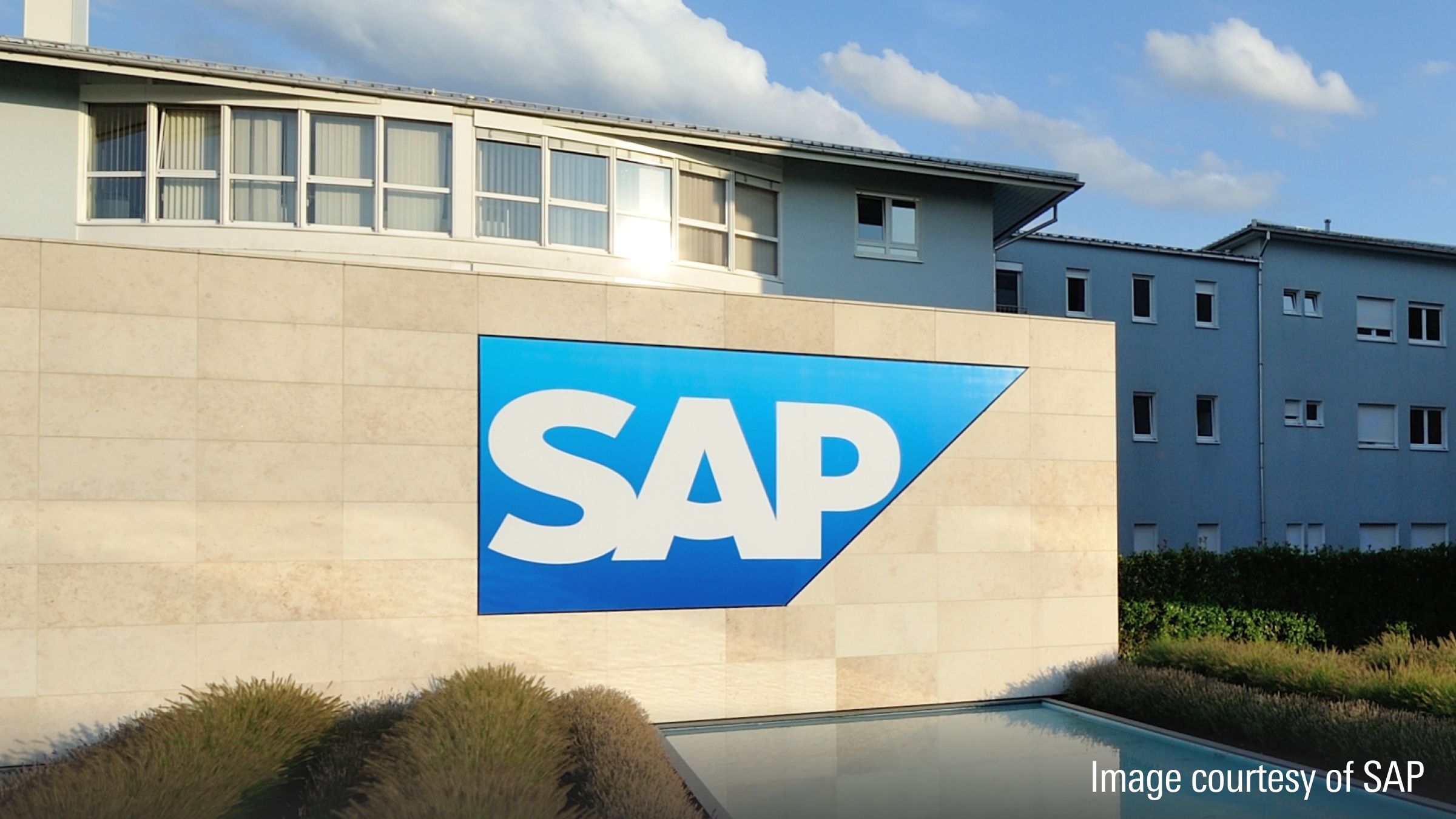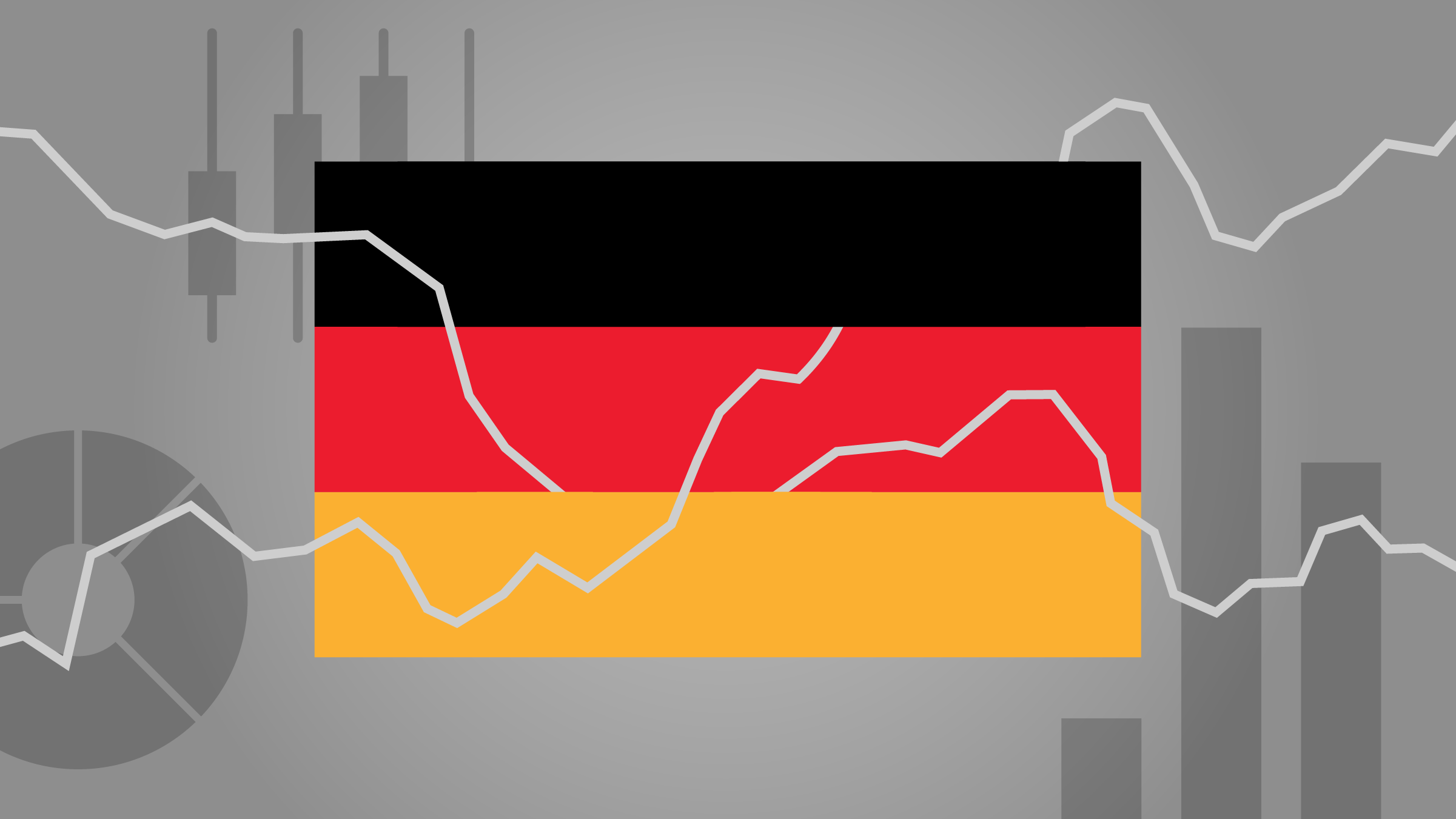The CS ETF (Lux) on MSCI Emerging Markets A provides exposure to a wide array of mid- and large-cap companies within the world’s emerging regions. This broad category of countries has seen its importance on the global stage rise dramatically in recent years. Whereas this type of exposure would once have been considered only as a speculative tactical tool, it is increasingly becoming a core component of a globally balanced portfolio. That said, this can be a volatile area of the market. The MSCI Emerging Markets Index has had annual standard deviation of more than 21% for the past 20 years. Its correlation to other equity exposures does suggest some benefit as a diversifier. Over the same 20 year period it has shown correlation to the local-currency returns of the S&P 500, the MSCI Europe, and the broader MSCI World Index of 68%, 71%, and 76%, respectively. Some of that benefit, however, has shrunk in recent years. The trailing five-year correlations are 81%, 84%, and 87%, respectively. The fund does not distribute any of the dividends paid by its underlying constituents, instead reinvesting them immediately to maintain full exposure. Therefore, this product would not suit an investor looking for regular investment income.
Fundamentale Analyse
As economic growth in the developed world has slowed down as a result of consumer and government deleveraging, much of the developing world has continued to exhibit strong growth. As the group’s largest economy, and the biggest weighting in the index, China will have a considerable impact on the fortunes of the MSCI Emerging Markets Index. Having gone through a period of remarkable growth, China now faces the prospect of slowing down, and much will depend on whether its economy can achieve a “soft landing.” GDP growth, while still robust, fell to an annualised rate of 8.9% in the fourth quarter of 2011, and the Chinese government recently targeted a 7.5% figure for 2012. Inflation, as measured by the consumer price index, was 4.5% in January, higher than the previous two months but down from October’s 5.5% reading. The real estate market, long a major driver of growth, is beginning to show signs of stress. Against this backdrop, the People’s Bank of China is walking a monetary policy tightrope, trying to find a balance between growth and inflation. After a couple of years of policy tightening, including rules designed to curb home-buying, China has recently swung in the other direction, reducing banks’ reserve requirements in an attempt to get things moving again. One of the major factors contributing to China’s slowdown is that its economy is largely built on exports, and with many parts of the developed world spiralling back into recession, the demand for those exports has begun to dry up. As the beleaguered developed-world consumer continues to pare back, China will have to rely more and more on domestic demand from its own burgeoning middle class. A key driver of growth for the Brazilian economy is energy. The country’s wealth of natural resources has made it a substantial beneficiary of the past decade’s trend towards higher commodity prices. A big part of that trend has been the rapid growth of China, with its seemingly insatiable appetite for raw materials, as well as Malthusian concerns about the world running out of non-renewable resources. The concern right now is that with China slowing down, the demand for raw materials could fall considerably. Brazil’s growth has also slowed considerably in recent periods. For the fourth quarter of 2011 its growth rate was a paltry 1.4%, less than that of the United States. The economy of South Korea has grown dramatically in the past few decades. According to The Economist, it now boasts a GDP per head that is higher than the European Union average. Much of the private sector growth has been driven by a system of very large conglomerates. Many of these chaebol have been tremendously successful – witness the rise of such familiar names as Samsung, LG, and Hyundai – but corporate governance concerns have dogged them as a result of their family-run structure. South Korea and Taiwan are both largely dependent on China, which is the largest market for their exports. GDP growth in Taiwan was 1.9% in the fourth quarter, and 4.0% for all of 2011. Since 1992, the MSCI Emerging Markets Index has posted an annualised return of 16.85%, vastly outpacing the gains from developed markets.
Indexkonstruktion
The MSCI Emerging Markets Index is a free float market capitalisation-weighted index covering 21 emerging market countries from all over the world. It has 820 large- and mid-cap constituents and covers approximately 84% of the total market capitalisation of the component countries. The index is reviewed quarterly, with size cut-offs recalculated semi-annually. The universe is initially screened for liquidity, as measured by the value and frequency of trading. The median constituent has a market capitalisation of $2.2 billion. The top geographic exposures are China, Brazil, and South Korea, with weights of 17.9%, 15.3% and 14.7%, respectively, followed by Taiwan at 10.9% and South Africa at 7.7%. On a sector basis the index is broadly diversified. The top weight is Financials, making up 24.3% of the total, followed by Energy at 14.5%, Materials at 13.5%, Information Technology at 13.3%, and Telecommunications and Consumer Discretionary at 7.8% each. The index is not very concentrated, with just 16.3% in the top 10 names.
Fondskonstruktion
The fund currently uses optimised sampling to try to capture the performance of its benchmark, holding a physical basket of securities designed to match the characteristics of the underlying index but not the exact stocks in the exact weights. Compared to the index’s 820 constituents, the fund holds 240. The fund is domiciled in Luxembourg and uses the U.S. dollar as its base currency. It is ISA eligible and has UK reporting status. The fund’s prospectus gives Credit Suisse the flexibility to change the fund’s replication method, to stratified sampling or synthetic, or any combination of the three, according to its discretion. In the case that the fund used swaps for synthetic replication, the counterparty would normally be a member of the Credit Suisse group. Swaps could be funded or unfunded, with the substitute basket or collateral held by the fund’s custodian and marked to market on a daily basis. Dividends paid to the fund by its underlying holdings are immediately reinvested, rather than being distributed to the fund’s investors. This should reduce the cash drag that can result from accumulating dividends. The fund does engage in securities lending. According to Credit Suisse, the loans are collateralised to at least 100% of their value every day, and usually to a level of 102% to 105%.
Gebühren
The fund has a total expense ratio (TER) of 0.68%, which is middling in relation to other funds that provide similar exposure. Other costs potentially borne by the unitholder but not included in the total expense ratio include bid-ask spreads on the ETF, securities lending fees, transaction costs on the infrequent occasions when the underlying holdings change, and brokerage fees when buy and sell orders are placed for ETF shares. Income generated from securities lending could potentially recoup some of the total costs.
Alternativen
For broad exposure to emerging markets there are many choices out there. These include UBS-ETF MSCI Emerging Markets, Amundi ETF MSCI Emerging Markets, SPDR MSCI Emerging Markets, ComStage ETF MSCI Emerging Markets TRN, Lyxor ETF MSCI Emerging Markets, db x-trackers MSCI Emerging Markets TRN, iShares MSCI Emerging Markets, ETFlab MSCI Emerging Markets, and HSBC MSCI Emerging Markets. For alternatives to market capitalisation-weighted exposures, there are Ossiam ETF Emerging Markets Minimum Variance and PowerShares FTSE RAFI Emerging Markets ETF. Of all of these, the largest are the iShares and the db x-trackers funds, with assets of $6.2 billion and $4.1 billion respectively. The fund with the lowest TER is the Amundi product, with a TER of 0.45%.















